Biogeochemical Cycles
All of the earth's major systems have unique functions, but they also interact in important ways to cycle matter and energy around the planet and throughout smaller environments. The cycles that nutrients and energy flow through are called biogeochemical cycles or sometimes nutrient cycles. Through these cycles, all matter is reused and recycled. The atoms in your hand may have been part of a dinosaur, an ancient fern, or hot lava!
In each nutrient cycle, matter moves from one reservoir to another, remaining in a reservoir for anywhere from a few hours to thousands of years. The time that a given amount of a nutrient stays in a reservoir is called the residence time. Let's see what the five big biogeochemical cycles are!
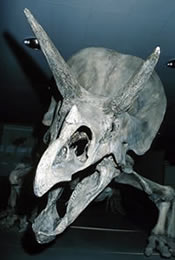

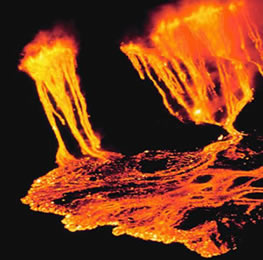
The Hydrologic Cycle
The hydrologic cycle is the way that water is recycled and moved throughout the earth's systems. There are several processes that move water from one reservoir to another, and there are six major reservoirs. Can you name some of the processes and reservoirs of the hydrologic cycle?
Click the image below.
How can a single drop of water move from a cup of tea in Queen Elizabeth's teacup to the Ganges River in India? Why should we care?
Watch the video clip below to find the answers.
Click on the image above to watch Why Care About Water?
Link to video: https://youtu.be/Fvkzjt3b-dU
Hydrologic Cycle: Processes, Reservoirs, Infiltration
What are some of the processes and reservoirs in the hydrologic cycle? What role does infiltration play in the water cycle?
Processes
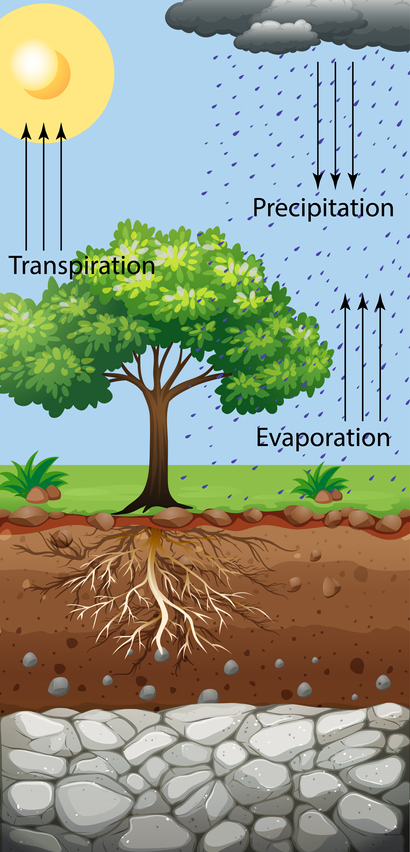
- Evaporation: Solar energy causes water to be evaporated from oceans, lakes, rivers, and soil.
- Precipitation: Water in the atmosphere can freeze and fall as snow or sleet or condense and fall as rain or dew. Most precipitation that doesn't fall into the ocean becomes runoff, which flows into rivers or streams back to the ocean. Other precipitation filters through the soil and becomes part of our groundwater. Some is taken up by plants or soil as well.
- Transpiration: Over land, 90% of water that reaches the atmosphere comes from the surface of plants through transpiration.
- Condensation: This is what occurs when water vapor cools. The cooling molecules slow down and form liquid water. Clouds are a visual cue that condensation in the atmosphere has occurred. For more information on condensation please visit The Water Cycle: Condensation section of the U.S. Geological Survey (USGS).
blueringmedia, iStock/Getty Images Plus
Reservoirs
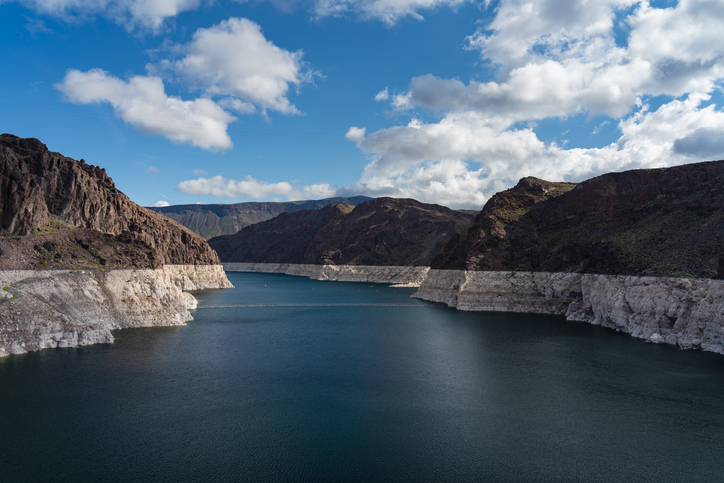
- Ocean
- Atmosphere
- Ice and Snow
- Groundwater Aquifers
- Lakes and Rivers
- Living Organisms
Max Valek, iStock/Getty Images Plus
Infiltration
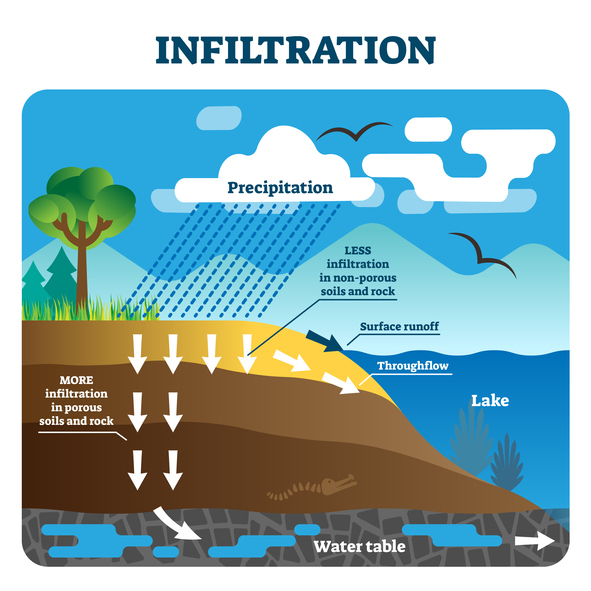
Infiltration is the soaking up of precipitation by the soil. The water percolates down through the topsoil, and subsoil into the pores of the rock layers. This is where water is "recharged" in aquifers and used once again for drinking water, agriculture and many other reasons. For more information on infiltration visit the USGS The Water Cycle: Infiltration article.
Vectormine, iStock/Getty Images Plus
Humans and the Hydrologic Cycle
How do humans affect the hydrologic cycle? View three different ways the hydrologic cycle is impacted by human interference.
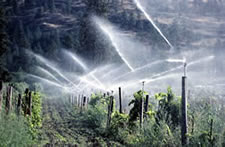
Overuse of fresh water: Humans withdraw large amounts of fresh water form lakes, rivers, and groundwater aquifers, often at rates faster than nature can replenish the supplies. Only 0.024% of water on Earth is available to use as fresh water. It is crucial that humans moderate their use of freshwater resources so that we don’t run out.

Clearing Vegetation: Humans clear vegetation for agriculture, mining, urban development, and other activities. Without vegetation, fertile soil is washed away into rivers and eventually into the ocean. This not only accelerates soil erosion, but also reduces the amount of water that can infiltrate the soil and recharge the groundwater reservoirs. Clearing vegetation reduces transpiration rates and can significantly affect the ground temperature and the local weather patterns.
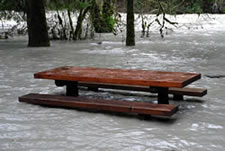
Increasing Flooding: Large areas of wetland and swamps near the ocean absorb water during storms and spring floods and filter out pollution. Humans have drained many of these wetlands, making flooding a much more common occurrence.
Water Cycle Review
Mouse over each definition to see its term.
The heating up of water as it changes from liquid to gas and moves into the atmosphere.
The cooling of water from a gas back to a solid, forms clouds in atmosphere or dew near the ground.
Process where water moves through the plants and is evaporated from its leaves into the atmosphere.
The clouds release water in the form of rain, snow, sleet of hail, water returns to the ground and is stored or used.
When water returns from the atmosphere back down to the ground, it moves through the rocks and soilback into reservoirs.
1. Ocean 2. Atmosphere 3. Ice and Snow 4. Groundwater Aquifers 5. Lakes and Rivers 6. Living Organisms
Overuse of Freshwater Clearing of Vegetation Increased Flooding
Precipitation could be in the form of rain, snow, hail, sleet and is an important part of the water cycle.

